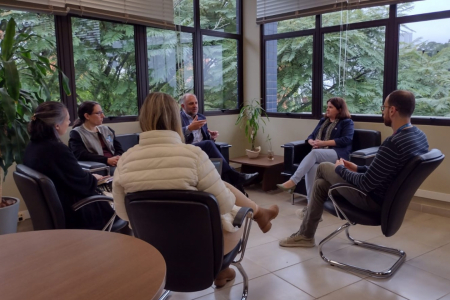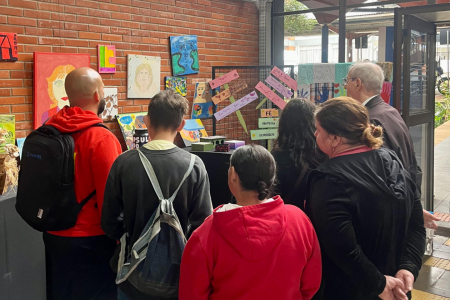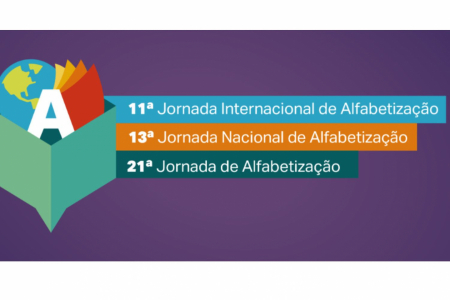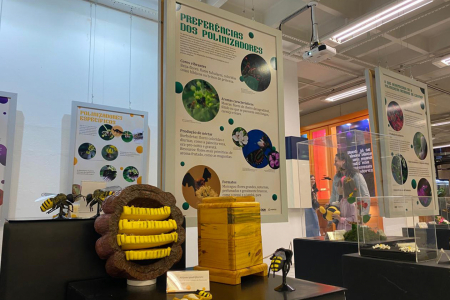Notícias

Seminário Previne Taquari-Antas discute desafios e estratégias para lidar com eventos climáticos extremos
Especialistas e pesquisadores apresentaram dados e resultados de estudos técnicos e científicos

Univates realiza pesquisa com crianças para investigar como elas percebem os espaços escolares
A iniciativa propõe a escuta atenta das crianças, a fim de investigar de que maneira constroem seus modos de estar na escola e como se relacionam com esse ambiente

Univates recebe visita do IPL, de Portugal
A reunião realizada na ocasião teve como foco o fortalecimento das atividades conjuntas

Usuários do CAPS Adulto de Lajeado visitam espaços da Univates e prestigiam exposição artística
A atividade foi acompanhada pelo professor de Educação Física, Tiago Canabarro, e pela técnica de enfermagem, Érika Machado, ambos profissionais do CAPS

Curso de Farmácia da Univates realiza Mostra de Trabalhos no dia 10 de junho
Evento ocorre das 19h às 22h, no hall do Prédio 11

Cursos Técnicos Univates promovem atividade especial aos estudantes do Ensino Médio do Colégio Gustavo Adolfo
A proposta foi possibilitar uma imersão prática nos ambientes de ensino e aprendizagem

Univates sedia Jornada Internacional de Alfabetização em setembro
Objetivo do evento é oportunizar momentos de estudo e reflexão sobre temas voltados à aprendizagem da leitura e da escrita

Youtuber Natan Lopes vem ao Teatro Univates para apresentar um espetáculo para toda a família
Evento ocorre em 14 de dezembro

Confira as oportunidades de trabalho divulgadas nesta semana
As vagas divulgadas são oferecidas pela Univates e pelas empresas parceiras da Rede de Carreiras

Univates realiza programação especial na Semana do Meio Ambiente
De recebimento de resíduos a podcast e visita ao Museu, Instituição promove série de atividades abertas à comunidade

Univates divulga lista dos aprovados para cursar Medicina
São ofertadas 58 vagas para estudar no campus de Lajeado

Descobertas arqueológicas revelam hábitos alimentares e sociais dos guarani pré-coloniais no Sul do Brasil
A pesquisa analisou 472 vestígios botânicos carbonizados coletados em Marques de Souza